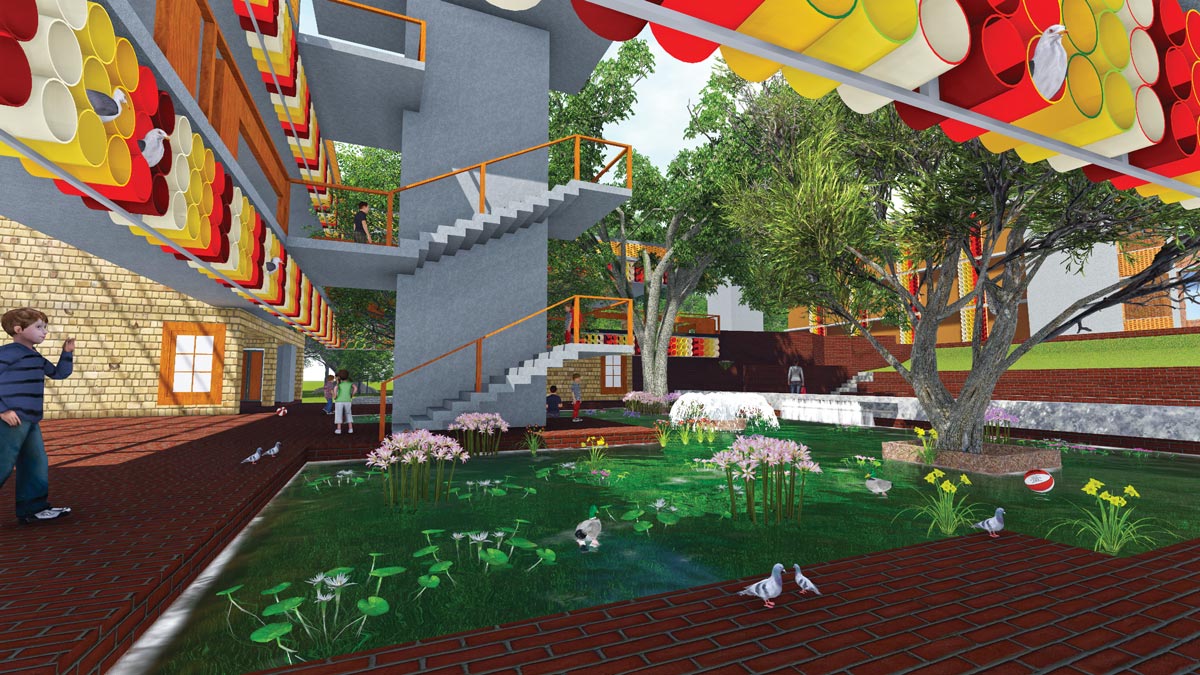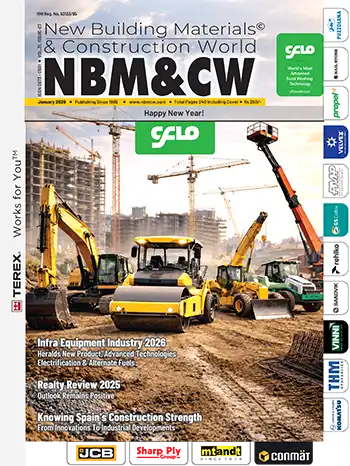
Cultures around the world have always cross-influenced building patterns and architectural language. With the advent of access to global design trends over internet, international trade shows, and trend forecasting, often buildings have started looking generic. A typical downtown building aesthetic sampling from Mumbai would look similar to something from Dubai or Manhattan. As an example, if one considers the case of an automobile, we can see how tremendously habitable space inside has changed in the last 100 years. Compare that to buildings and you will have your answer will be a no-brainer.
Not much has changed in construction in the last century, up until a decade back. While few designers came out with quality designs, a large number of others, to cater to our exploding population, adopted build fast and build cheap non-climate responsive buildings. This means that most of the buildings in any of India’s 5 distinct climate zones look the same. The last decade and a half, however, has seen a shift in building design strategy. On one hand, a large number of designers are revising and exploring traditional building technologies, whereas computer modeling software is able to create real time simulations of building and engineering performance on the other. This allows for accurate design analysis.
 Learning Center at Siholi
Learning Center at SiholiConcern over growing carbon footprint of building activity and building use has also led to designers adopting various supply side systems to reduce negative impact of building. Latest version of NBC and byelaws for many cities now put special emphasis on environmental criteria. The new breed of buildings in India are slowly moving away from imitating glass blocks from the West to being a juxtaposition of global aesthetic trends married to Indian climatic sensibilities.















